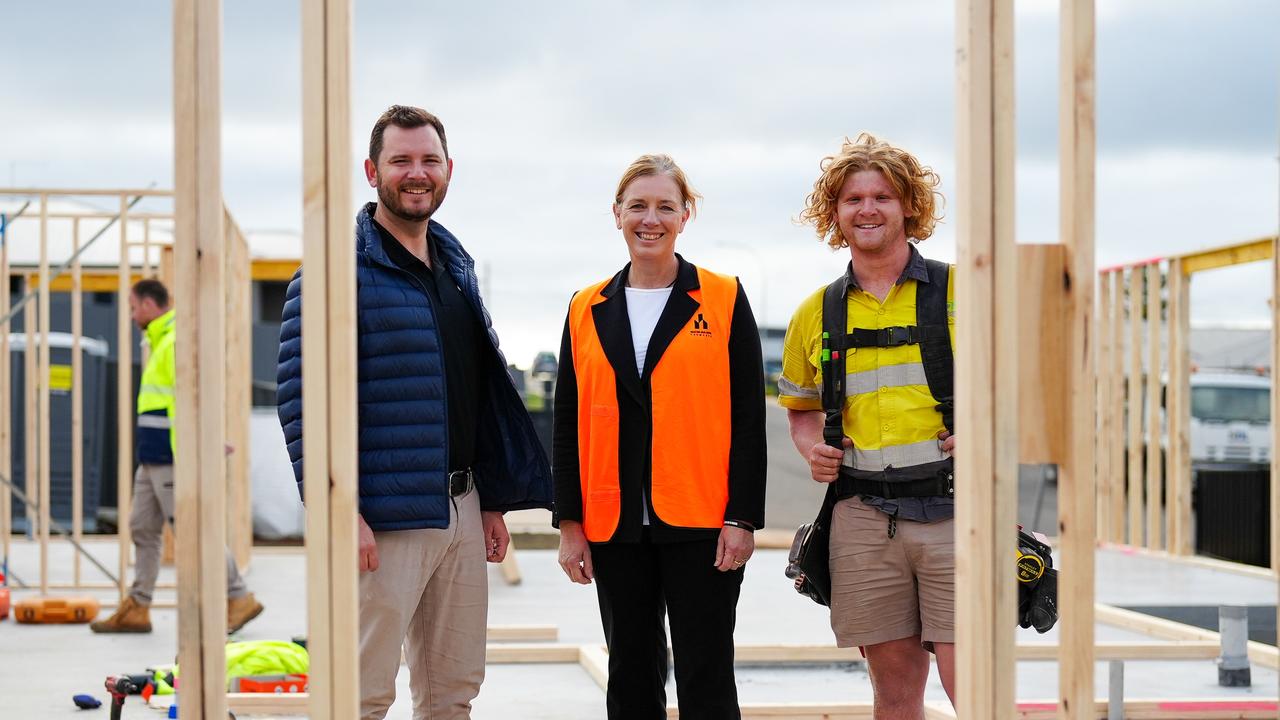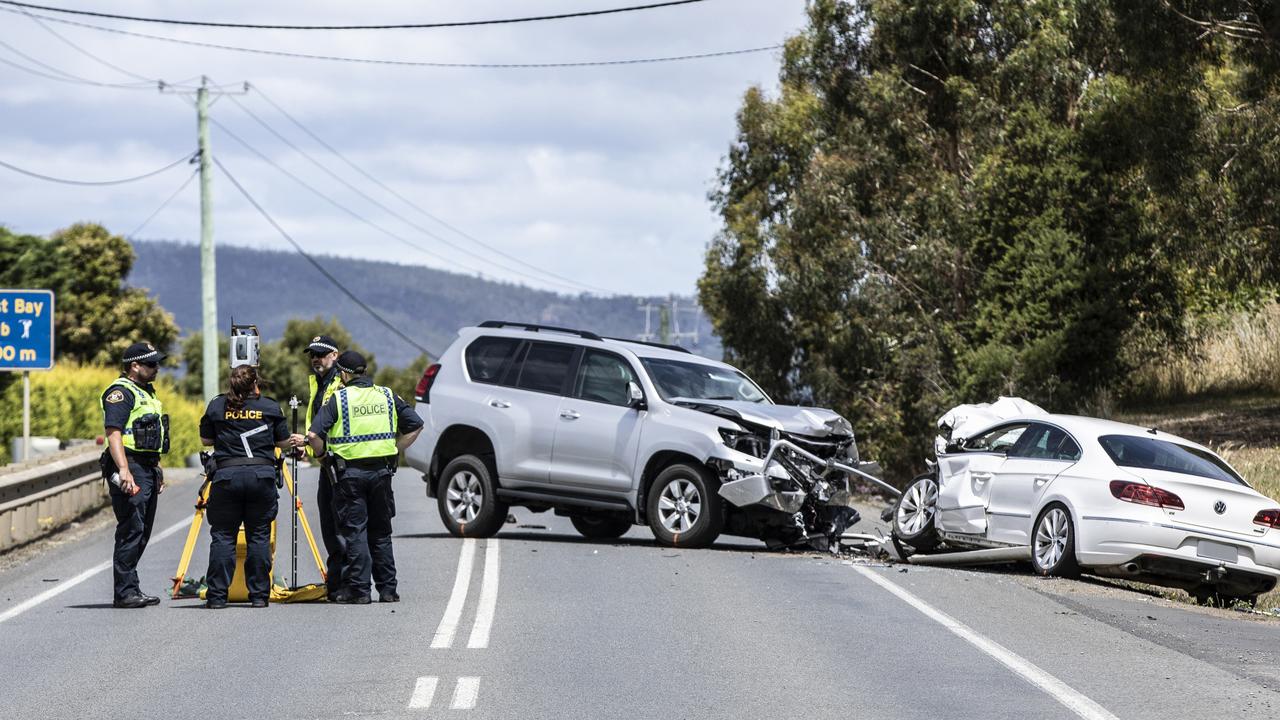Bernard Salt: Tasmania can take on the world
Tasmania’s further investment in renewable energy projects and infrastructure like the Marinus Link will deliver not just greater sustainability but economic opportunity as well, Bernard Salt says >>
Future Tasmania
Don't miss out on the headlines from Future Tasmania. Followed categories will be added to My News.
AT the Future Tasmania 2023 lunch today hosted by the Mercury I will be arguing that Tasmania’s further investment in renewable energy projects and infrastructure like the Marinus Link will deliver not just greater sustainability for this state but economic opportunity as well.
Here is my logic.
Australia has a competitive advantage in mining because we control the resources of an entire continent. We should also have some of the largest agribusiness businesses in the world for the same reason. But we don’t. We let that opportunity slip through our fingers in the late 20th century.
Over the coming decade(s) someone somewhere will surely aggregate renewable energy projects from around the world to form a global renewable energy corporation.
That entity could well start with solar, expand to wind, include hydro and diversify into lithium. And that’s just for starters.
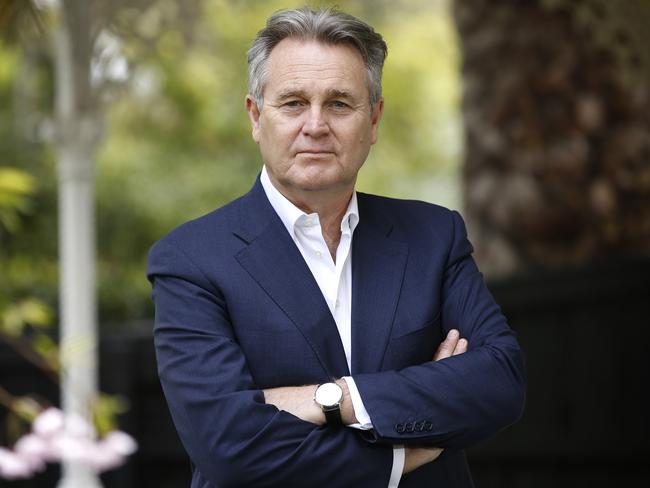
Tasmania has had expertise in hydro for more than 100 years. The Australian mainland is one of the few places where potential photovoltaic (solar) power concentrates within the developed world where demand for power is greatest. (The other credible option for solar at scale is, say, Arizona or Southern California.)
Tasmania already has corporate entities with hydro expertise; the state is right now helping to build the Marinus link; in due course the state could also tap into and support the mainland’s competitive advantage in solar.
A diversified renewable energy business based in Tasmania could even snap up lithium mines in Western Australia.
My point goes further than the need for a renewable energy future.
I want to see Australia seize the opportunity to cultivate the expertise, to create the corporate assets, that could then be scaled in much the same way that (Melbourne’s) BHP – the world’s biggest mining company – scaled from a Broken Hill silver mine to a global resources conglomerate within a century.
That is the scale of thinking, the kind of unbridled ambition, that should be on display at Wrest Point today.
I will have that room buzzing with possibilities, and fizzing with interjectors all wanting to finesse and to improve upon my grand plan for Tasmania’s, for Australia’s, renewables future.
I don’t want to see the world’s biggest renewables conglomerate emerge out of Southwest America in the late 2020s and then pop-up in Hobart seeking to snap-up the best of Tasmania’s corporate renewables.
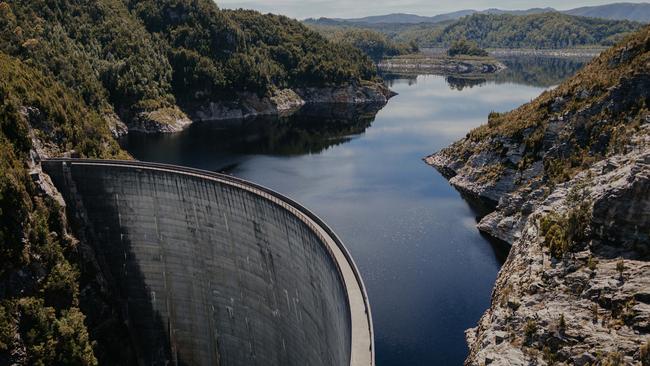
Sure, we get to keep the jobs. But I want sovereign Australian control over the new renewables businesses that we build. (We have all seen how this works in agribusiness.)
And it’s not that I disagree with the pathway to scale and dominance.
It’s just that I want to see an Australia-based – damn it, make that a Hobart-based – renewables conglomerate trawl the world prowling for aligned renewables assets.
Just as I always wanted to see an Australia-based agribusiness business snap-up New Zealand dairies, Minnesota abattoirs, and South African vineyards. And so I ask: if the time to be thinking grandly, boldly, outrageously for our future is not now, then when? The pandemic triggered the homecoming of 27,000 expat Tasmanians lifting the state’s population by 5 per cent in one fell swoop.
These home-comers aren’t 20-something backpackers cutting
short a grand tour of Europe; they’re 30-something and 40-something skilled workers with work history, contacts and, presumably, some level of capital.
Tasmania is now home to more software engineers, to more mechanical engineers, than ever.
Tasmania’s demographic outflow has flipped and is now heading straight for us in the form of an inflow.
Grindelwald, according to the census, is now one of the most entrepreneurial places in Tasmania.
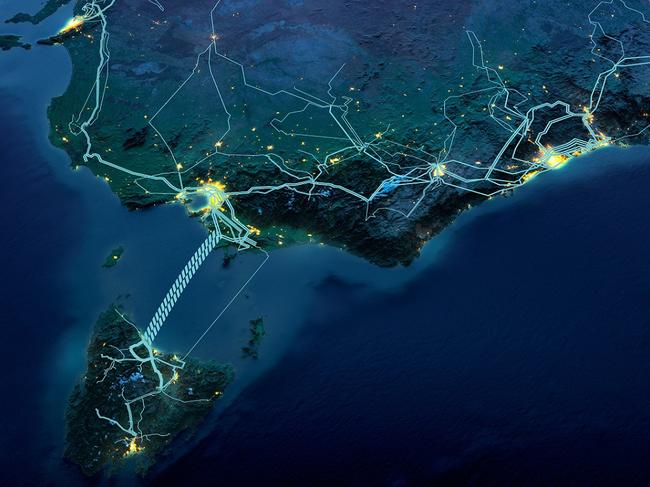
Legana, according to my recent feature on Australia’s Top Towns is, again according to the 2021 Census, unusually skilled, entrepreneurial and caring.
And when you think about it, why wouldn’t returnee expats embrace a Tasmania that has retained its core values and exceptional qualities.
Here is a state that is safe, that offers access to big-city amenity, that is clean and green, that seems removed from the rat-race, and that is also capable of thinking big.
Here is a state where kids are safe at home and at school.
My argument is that Tasmania’s demographic turnaround, it’s pandemic injection of skills, youth and energy, aligns with an inherent appetite for bold thinking about the kind of industries that will carry us forward.
There is no question about the industry that Tasmania, that Australia, needs to get right in the 2020s is renewables.
However I say we should look beyond prioritising “the renewables industry” and start think about way we can scale corporate assets to take on the world from right here, from Hobart Tasmania.
Bernard Salt is founder and executive director of The Demographics Group; he is speaking today at Future Tasmania 2023 at Wrest Point at 12 noon




